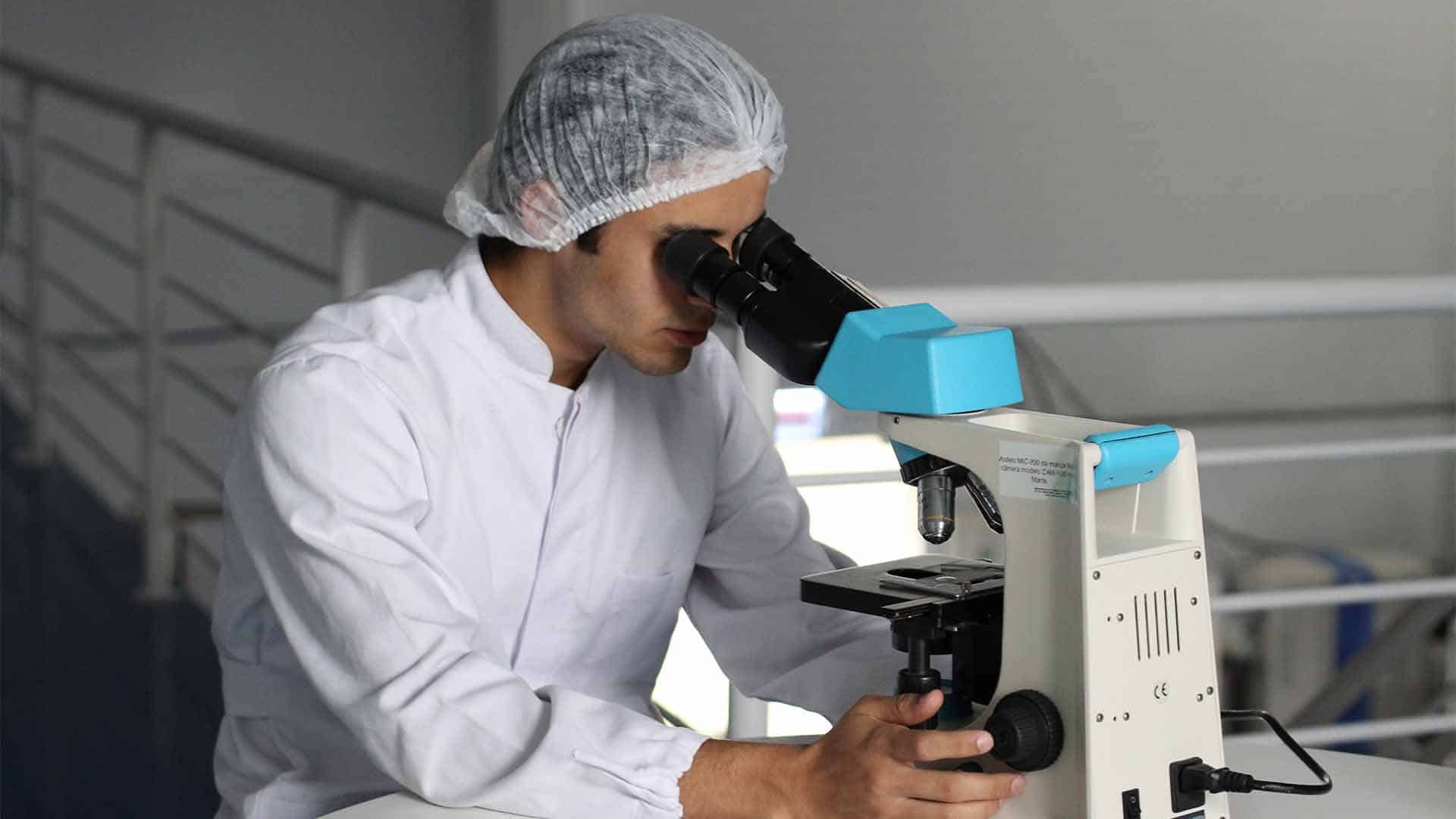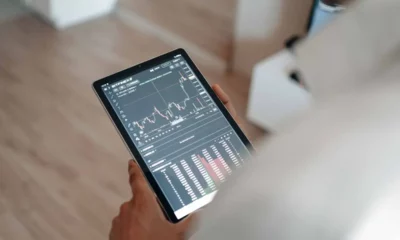Sponsored
Future trends in cell banking: innovations and insights
In this article, we will discuss the exciting trends in cell banking and their influence on the future of medicine and scientific research.

Just a heads up, if you buy something through our links, we may get a small share of the sale. It’s one of the ways we keep the lights on here. Click here for more.
Cell banking, also known as cryopreservation or cell preservation, is a crucial process in modern healthcare and research.
It involves the collection, processing, and storage of cells for future use, allowing scientists, clinicians, and patients to access valuable resources when needed.
As technology continues to advance at an unprecedented pace, new innovations and insights are emerging in the field of cell banking.
In this article, we will explore some of the exciting future trends in cell banking and how they are shaping the future of medicine and scientific research.
Automated cell banking systems: Streamlining the process
With the increasing demand for cell banking services, automation is becoming a game-changer. Automated cell banking systems are being developed to improve the efficiency and accuracy of cell processing and storage.
These systems can handle larger volumes of samples, reducing human error and ensuring consistent quality. By streamlining the process, automated cell banking systems save time and resources, making cell banking more accessible and cost-effective.
Cryopreservation without Dimethyl Sulfoxide (DMSO): Safer storage
DMSO has been a widely used cryoprotectant in cell banking due to its ability to prevent cell damage during freezing and thawing.
However, concerns about its potential toxicity have prompted researchers to explore alternative cryoprotectants. Future trends in cell banking include the development of novel cryopreservation techniques that eliminate or reduce the use of DMSO.
These safer alternatives will ensure cell viability and functionality while minimizing potential risks.
Personalized cell banking: Tailoring treatments

Personalized medicine is revolutionizing healthcare, and cell banking is no exception.
With personalized cell banking, individuals can store their own cells for potential future use in regenerative medicine, cell-based therapies, and even personalized drug testing.
This approach allows for tailored treatments that match an individual’s unique genetic makeup and medical history.
The advent of induced pluripotent stem cells (iPSCs) has made personalized cell banking a promising reality, as iPSCs can be derived from an individual’s own cells and differentiated into various cell types.
Remote cell banking: Convenient access anywhere
Traditionally, cell banking required physical access to cell banks or specialized facilities. However, the future brings the possibility of remote cell banking, where individuals can store their cells remotely and access them as needed.
Advancements in cryopreservation techniques, transportation methods, and data management systems enable secure and reliable remote cell banking.
This innovation offers convenience, particularly for patients in remote areas, and facilitates collaboration among researchers across different locations.
Integration of blockchain technology: Enhancing security and transparency

Blockchain technology has gained significant attention in various industries, and cell banking is no exception.
Blockchain can enhance the security and transparency of cell banking processes by providing an immutable record of cell provenance, storage conditions, and ownership.
This ensures the traceability and integrity of stored cells, reducing the risk of fraud or mismanagement.
Additionally, blockchain technology enables secure sharing of cell-related data among researchers, accelerating scientific discoveries and collaborations.
Artificial intelligence (AI) in cell banking: Optimizing efficiency and quality
Artificial intelligence is revolutionizing healthcare and research, and it has the potential to transform cell banking as well.
AI algorithms can analyze large datasets, identify patterns, and optimize cell banking processes for improved efficiency and quality control.
From automated quality assessment of cell samples to predictive analytics for cell viability, AI-driven systems can significantly enhance the accuracy and reliability of cell banking operations.
Conclusion

In conclusion, the future of cell banking is full of exciting innovations and insights that will shape the field and revolutionize healthcare and scientific research for the general public and companies like Wheeler Bio.
From automated systems and safer cryopreservation techniques to personalized and remote cell banking, these trends hold great promise.
Integration of blockchain technology and artificial intelligence will enhance security, transparency, and efficiency in cell banking processes.
As these advancements continue to unfold, we can look forward to a future where cell banking becomes even more accessible, reliable, and instrumental in transforming medical treatments and scientific breakthroughs.
Have any thoughts on this? Drop us a line below in the comments, or carry the discussion to our Twitter or Facebook.
Editors’ Recommendations:
- How RPA can help transform the healthcare industry
- Secure messaging apps: The future of HIPAA-compliant communication in healthcare
- 40 million people had their healthcare information hacked in 2021
- Tech innovations helping to improve healthcare and quality of life
Disclosure: This is a sponsored post. However, our opinions, reviews, and other editorial content are not influenced by the sponsorship and remain objective.
































